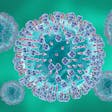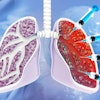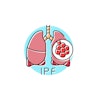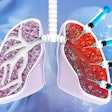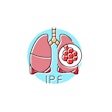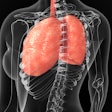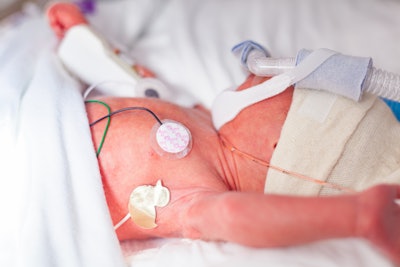
New research from Oregon Health & Science University (OHSU) suggests adding two weeks of nasal continuous positive airway pressure (CPAP) to preterm infant therapy can significantly improve lung development and function. The study, “Extended Continuous Positive Airway Pressure in Preterm Infants Increases Lung Growth at 6 Months: A Randomized Control Trial,” was published in the American Journal of Respiratory and Critical Care Medicine.
The current standard of care for infants who experience respiratory distress following preterm delivery is to apply CPAP as early as possible. Most neonatal intensive care units (NICUs) discontinue therapy once the infant stops having breathing problems. However, the team of OHSU physician-scientists discovered prolonged use of CPAP tool while in the hospital can lead to enhanced respiratory development throughout childhood.
“Lower lung function early in life often tracks and remains low into adulthood, so it’s critical we identify early interventions to address these risks, said principal investigator Cindy McEvoy, MD, in an OHSU news release. “Our findings suggest that implementing slight adjustments to our current common practice of CPAP in the NICU may be a safe and non-pharmacologic intervention to improve a child’s lifelong trajectory of lung function and overall respiratory health. We hope extending CPAP is a simple intervention that can soon be applied globally.”
To demonstrate the revised approach, the team performed a randomized controlled clinical trial of 100 stable preterm infants who underwent an additional two weeks of CPAP while in the NICU. Researchers assessed the infants post-discharge at 6 months of age and saw substantial improvement in lung volumes, which is a key indicator of lung development.
The infants demonstrated signs of better airway function, and they were able to diffuse oxygen and carbon dioxide more effectively. Additionally, the babies displayed less wheezing through one year of age compared to those who received standard of care treatment.
Dr. McEvoy, who is professor of pediatrics in the OHSU School of Medicine, OHSU Doernbecher Children’s Hospital, said the team plans to follow the trial participants through age 10 and complete annual lung function tests to examine the longer-term benefits of extended CPAP therapy on pulmonary health.
“Our goal is to give children the best possible start to a full and healthy life, so it’s exciting to see that we’re able to significantly improve lung growth and function in preterm infants by simply altering the duration of an already standard treatment,” said Dmitry Dukhovny, MD, MPH, professor of pediatrics in the OHSU School of Medicine and medical director of the NICU at OHSU Doernbecher Children’s Hospital.

